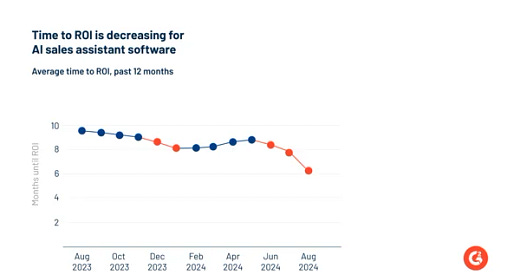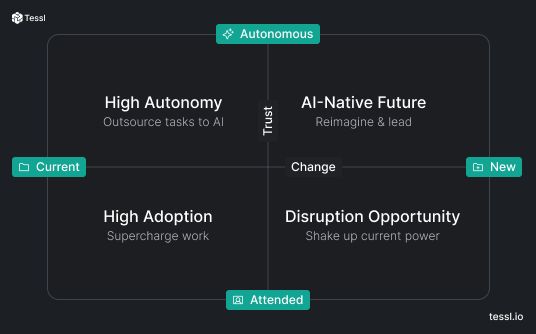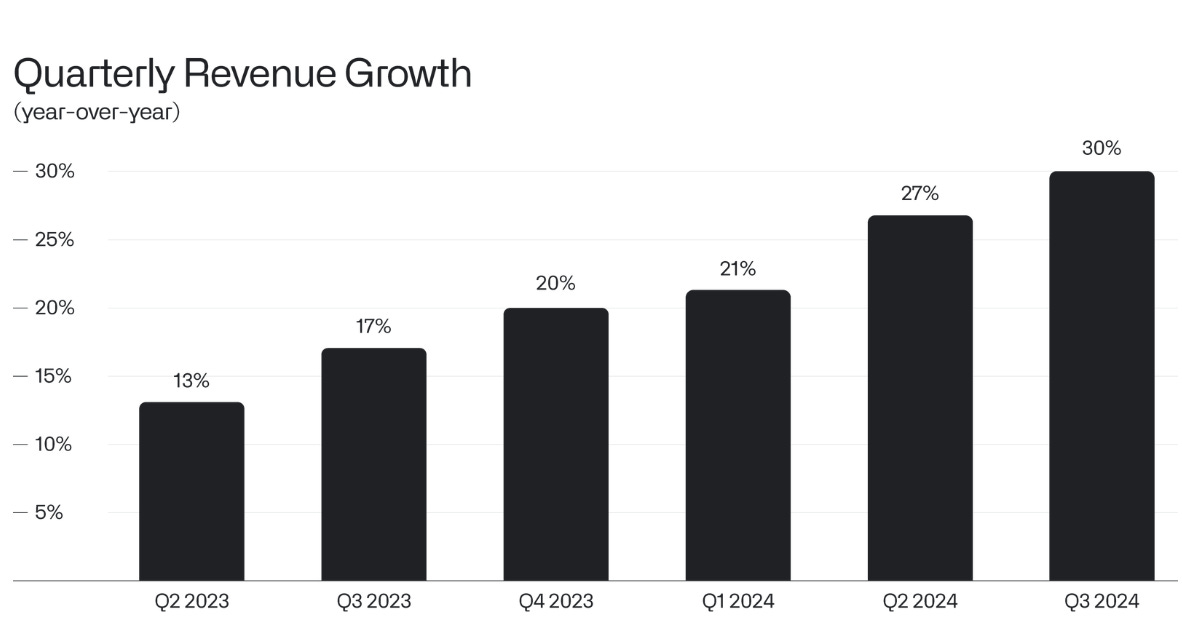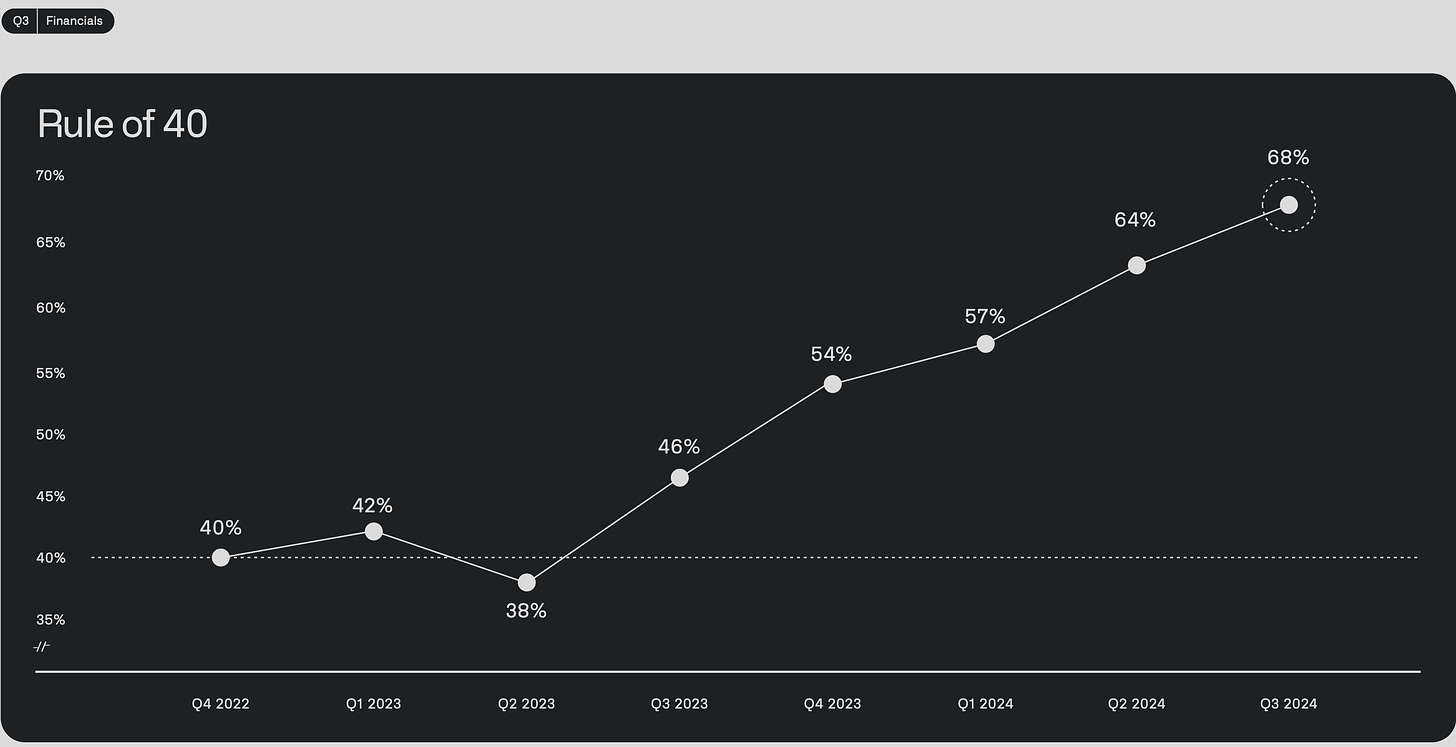👋 Hey friends, I’m Akash! Software Synthesis is where I connect the dots on AI, software and company building strategy. You can reach me at akash@earlybird.com!
Few have had a more accomplished career in Silicon Valley than Bret Taylor, cofounder of conversational AI company Sierra (last valued at $4.5bn) and chairman of OpenAI’s board.
Speaking on Invest Like The Best about how to get customers to value, Bret noted Sierra’s high touch approach to integrations and earning trust:
I would say that there's two types of knowledge that I think really produce a really robust agent.
One is the factual knowledge of your company. This just grounds the agent so that it won't just make something up.
The other type of knowledge is procedural knowledge. This is all the stuff that if you are a person and expert in it, and so coming in with that knowledge of not only here's the factual knowledge for our company, but here's the processes that represent our greatest customer experience.
And then the third thing is just access to the underlying systems themselves (integrations).
So three ingredients, factual knowledge, procedural knowledge and systems integrations, I think, are the three key ingredients.Bret is affirming the importance of data integrations to realising value in AI, which we spoke about in the context of Palantir - here’s Alex Karp underlining the strong data integration foundations underpinning their acceleration at scale:
The unrelenting march of our business has been driven by an early and decades-long investment in the technical infrastructure that is now making the large language models that have reshaped our world useful and valuable to large enterprises.Back to Bret Taylor, who then admits to a 1-3 month implementation timeline for Sierra.
If you meet a new customer that wants to install one of these agents on their website or app or whatever, how long does it take, start to finish, for a new customer to get live?
Bret Taylor: Between one and three months. We have a model where we really hold the hands of all of our customers so that they don't need to be AI experts or experts and agents at all to get started, which is pretty unique.
When these technologies are new, we really felt like it was important that any company, no matter how many resources they have available, can deploy them. So we have a really high-touch model so that we can get customers live as quickly as possible, and I'm really happy with how rapidly we can do it.Time-to-value is typically associated with PLG companies but is generally becoming more important for sales-led companies as a differentiator in enterprise RFPs too, as AI app companies go upmarket.
In the context of agentic systems, time-to-value and time-to-trust are closely linked.
The Convergence Of Trust And Value
Guy Podjarny, founder and CEO of Tessl, shared a framework for categorising AI-native companies by 1) the degree of trust required 2) the amount of change to current workflows.
For the true potential of agentic systems to be realised, companies will aim to chart a path from a constrained set of problems that agents can reliably tackle with minimal downside and human intervention to more valuable work with no human involvement.
Founders aim to deliver minimum viable quality as fast as possible, but there is close proximity between getting customers to value and engendering trust in a path to higher degrees of automation. The data integrations that Sierra and other customer support companies are investing in during the first 3 months of implementation are necessary to deliver ‘compound systems’ that are best-in-class in terms of accuracy, cost, latency, and agency, earning the trust of buyers who can then be taken on a journey of entrusting the vendor with more agency. Salesforce, for example, touted these very dimensions at Dreamforce in the context of Agentforce’s hallucination rates, time to value and cost relative to OpenAI.
Forgoing the necessary post-sales data integrations and governance would result in outputs that are not production-grade, losing the trust of the customer and the right to move further up the ‘trust’ axis.
Speaking to founders, I hear different approaches to removing barriers to value creation without compromising trust. In the case of RAG applications, this might mean working with documents that have PII redacted or public datasets of the same type. For vendors, listing on cloud marketplaces will help accelerate GTM as buyers will more readily share data that’s securely stored in their cloud environments.
In any case, it’s clearer that buyers are evaluating vendors on the speed of time-to-value. Vendors need to balance speed to value without losing trust by forgoing the data integrations needed to deliver reliable outcomes. Palantir’s forward deployed model offers a blueprint for how companies can take a services approach to getting customers to value whilst feeding those learnings into the core of the product - their recent AI Bootcamps are an ever clearer example of this.
Ryan Taylor, Chief Revenue Officer, on their Q3 2023 earnings call:
In the last quarter, we reoriented our go-to-market approach around AIP boot camps, which has allowed us to deliver real workflows on actual customer data in five days or less versus our traditional pilots, which generally take one to three months. We're seeing different stakeholders at the table, including tangible engagement from IT, a quicker time to value for customers, a wider range of organizations partnering with us and the ability to have multi-organization boot camps.One year later, Palantir is reaping the rewards with incredible growth:
For Palantir to have pulled of their services to software rotation in the public markets should give founders plenty of evidence that executing the same strategy in the private markets is more than doable.
Trust In A Period Of Flux
Trust in the AI age has another meaning beyond the reliability of AI applications.
We can look to the notion of trust in cybersecurity for some lessons (h/t
):Time to trust works similarly. It is understood that prospects must trust the company, its founders, its approach to security, and the product before they can be comfortable sharing their data, and even more so - becoming paying customers.New product adoption in cybersecurity moves with the speed of trust, focusing on time to value alone won’t get companies where they want to be; cybersecurity startups must look for ways to shorten the time to trust. While there is no exhaustive list of questions that would cover everything a prospective buyer would be interested in, questions about the product, pricing, tech, team, support, and internal security measures are the most obvious ones.Under pressure CIOs will look to Gartner for recommendations of who to trust to deliver their AI mandate, but for startups can improve their odds before emerging on Gartner’s radar.
Founders with the fastest learning rate can earn the trust of buyers to deliver the AI outcomes they need. It’s a form of outcome-based selling applied to AI.
In cybersecurity, where we don’t know where future threats will come from, buyers look to work with founders who can provide comfort that they’ll always be one step ahead of attackers. In AI, founders need to win buyers over with their learning rate and ability to continuously incorporate model developments into the best ‘compound systems’ for their needs.
One area where incumbents seem to have an upper hand is in offering indemnification to customers. Adobe’s decision to indemnify customers against any copyright claims is a meaningful differentiator for enterprises deciding whether to use Fireflies in finished work. As long as we’re in a legal grey area (see Andy Warhol case) as to whether AI generated content constitutes transformative use, this will matter for the last mile of trust.
Thank you for reading. If you liked this piece, please share it with your friends, colleagues, and anyone that wants to get smarter on startup strategy. Subscribe and find me on LinkedIn or Twitter.








